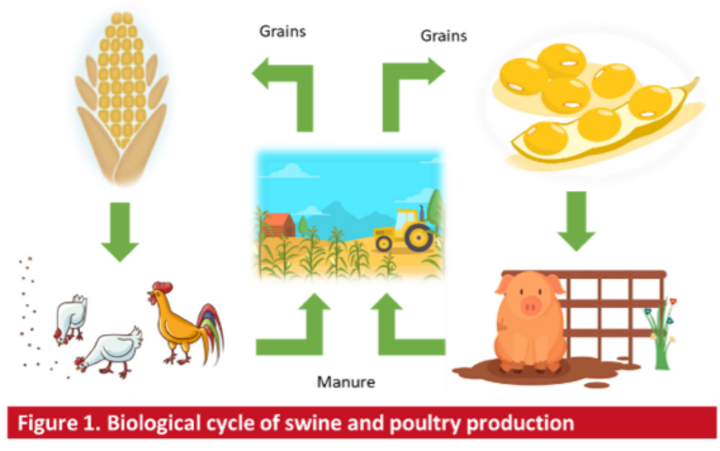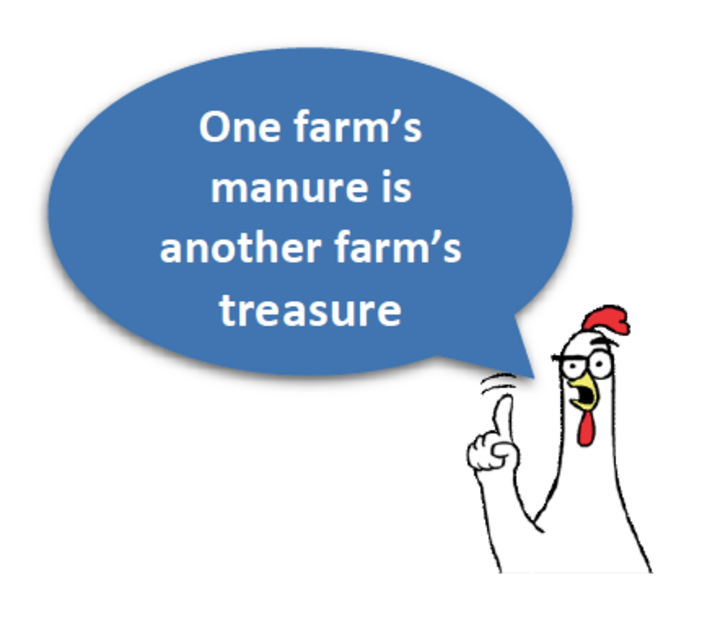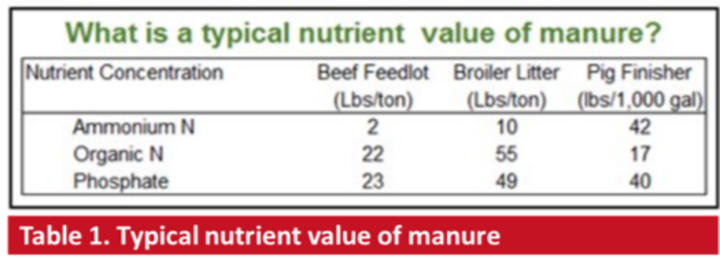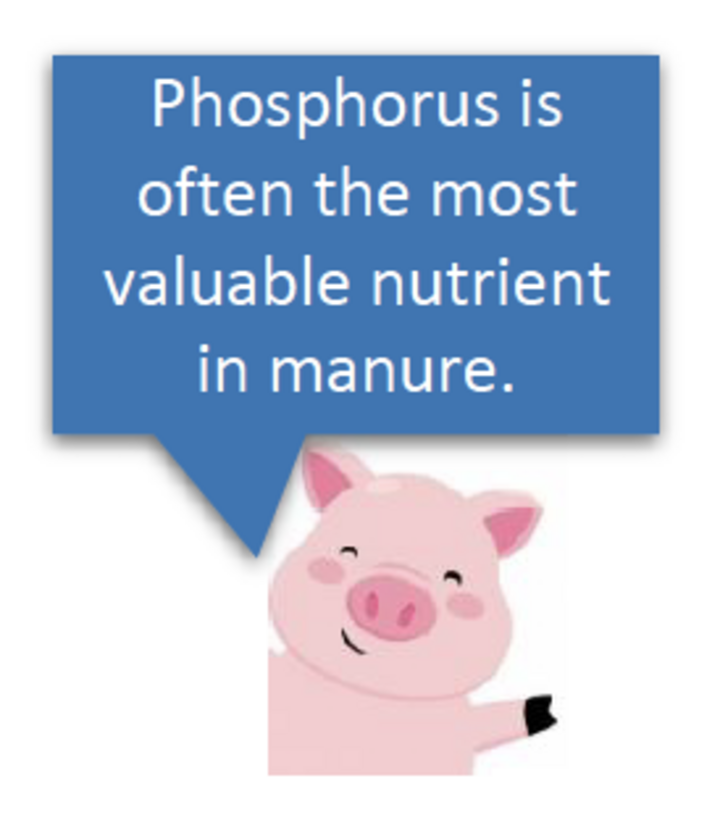What poultry and livestock have to offer to your cropland
The value of manure from poultry and livestock production
Heydi Calderon Ambelis This article is written by a University of Nebraska-Lincoln student, Heydi Calderon, as part of an Animal Manure Management class in Biological Systems Engineering. It has been reviewed by experts to encourage accuracy of issues presented. The article represents the student’s understanding of the subject addressed at this stage in his career. Rick Koelsch, faculty instructor.Nebraska’s livestock industry can benefit from manure generated in the integrated animal and corn agricultural system. Farmers, who only run crop operations, can also benefit from animal manure field applications.
Poultry and livestock producers continue growing in Nebraska. According to Purdum and Koelsch (2018), Nebraska will triple its chicken and turkey production by 2021 from 2018, to an estimated 300 million animal units per year. The expansion of the poultry and swine industries increases the availability of manure that is high in nutrients and therefore could be used as an organic fertilizer on cropland.

Why should crop producers consider buying somebody else’s manure?
Recycling is good for green reasons including environmental and economic benefits. When we think about the interconnections of livestock production with crop production, it is easy to think of one direction with the grains harvested arrow directing to the animal feeds. However, there is one more arrow worth considering when manure plays its role in the biological cycle. As shown in figure 1, manure can be incorporated as a fertilizer in crop fields, transitioning from a waste product to a valuable resource, which brings economic and environmental benefits. Poultry and livestock farmers who purchases feed grains may not own enough land to apply this manure, so crop farmers could have access to this manure and use it as an organic fertilizer, possibly at a lower price than inorganic fertilizers.

The environmental and economic benefits of manure for cropland are summarized as follow:
Soil health
Manure application can improve soil health and performance. Manure can increase soil organic matter, provide key nutrients content such as nitrogen and phosphorus, reduce bulk density, increase aggregate stability, increase water infiltration, increase water holding capacity and increase soil biological activity (Olivo, 2019). All these benefits contribute to reduced erosion and improved productivity.
Environmental stewardship

Manure usage can also protect soil, water, and air quality. Correctly applying manure reduces phosphorus runoff and groundwater contamination with nitrogen. Users should apply manure following a risk management approach to reduce odor and dust nuisances. Users become part of a bigger system by adding value to a byproduct, which if not properly used, will exit the livestock system as waste.
Economic benefits
The application of manure can decrease fertilizer costs, increase yield and long-time soil resilience. The better you care for your land now, the better you will leave it for future generations.
Livestock and poultry manure nutrient value

According to Koelsch (2017), manure’s most valuable nutrient is often phosphorus. To get the most of benefits, it is necessary to plan the application that will result in the optimum soil P levels required for the specific crop grown. It is very important to note that even though manure can substitute commercial fertilizers, the UNL Animal Manure Management team recommends to pair manure and inorganic fertilizer.

The University of Nebraska has several tools available to design a plan for manure application based on the manure characteristics, soil tests, and crop required levels. Visit manure.unl.edu for more details on the calculations of manure application, regulations, and nuisance aspects to obtain the maximum benefits.
As a take home message, consider the manure value from neighboring poultry and livestock producers. Embrace the interconnections in the agricultural sector beyond your own farm borders that can bring environmental and economic benefits to farmers.
References:
Koelsch, Richard. 2019. Poultry Litter’s Agronomic and Natural Resource Benefits. Retrieved from:https://water.unl.edu/article/animal-manure-management/poultry-litter%E2%80%99s-agronomic-and-natural-resource-benefits
Koelsch, Richard. 2017. Is Manure a Fertility Option for Wheat?. Institute of Agriculture and Natural Resources UNL WATER. Retrieved from: https://water.unl.edu/article/manure-nutrient-management/manure-fertility-option-wheat
Olivo, Agustin. 2019. How can animal manure help my soils be healthier and more productive?. Institute of Agriculture and Natural Resources UNL WATER. Retrieved from: https://water.unl.edu/article/manure-nutrient-management/how-can-animal-manure-help-my-soils-be-healthier-and-more
Purdum, Sheila, and Koelsch, Richard. 2018. Nebraska Poultry Expansion. Retrieved from: https://extensionpublications.unl.edu/assets/pdf/g2309.pdf
Ritz, Casey W. and Merka, William C. 2013. Maximizing Poultry Manure Use through Nutrient Management Planning. Bulletin 1245 from University of Georgia Extension. Retrieved from: https://secure.caes.uga.edu/extension/publications/files/pdf/B%201245_3.PDF
Interview with Amy Schmidt, Ph.D. Faculty member from the Biological systems department.
Images from: The UNL Animal Manure Management Team, icons from office free collection and free vectors from www.freepik.com.
This article was reviewed by Leslie Johnson and Todd Whitney